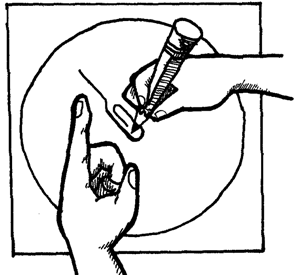Students spin two matching spinners to generate addition facts. They then look for patterns in sums and the addends to identify properties of addition.
Content in this Lesson
- Using patterns in data to make predictions and solve problems [E1].
- Identifying patterns in sums [E3].
- Recognizing that the equal sign represents the relationship between two equal quantities [E4].
- Using strategies that apply the properties of addition [E5].
Daily Practice and Problems I–L
Assessment in this Lesson
| Assessment | Expectation Assessed |
|---|---|
|
Spinning Sums |
|
|
DPP Item L |
|














